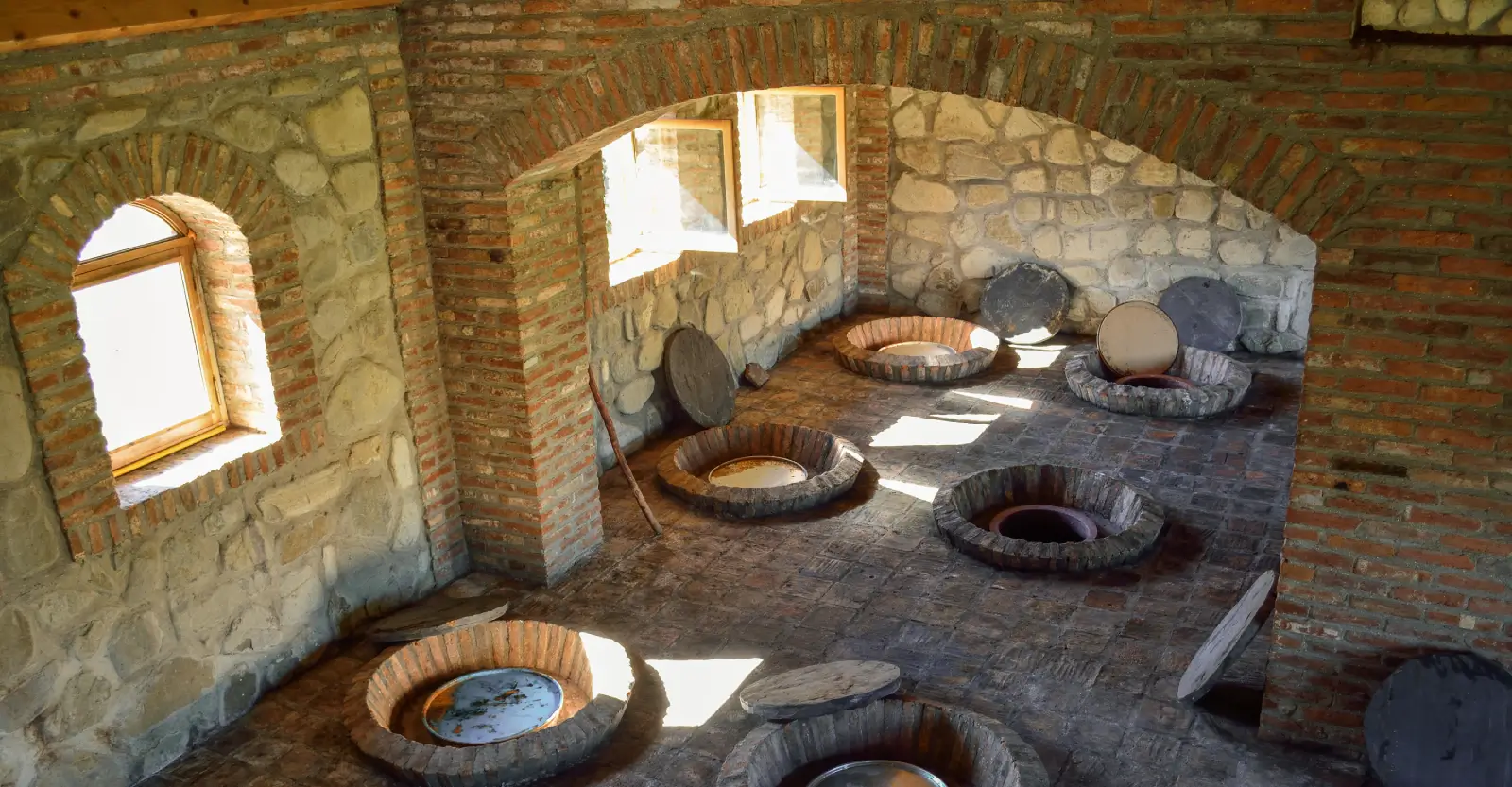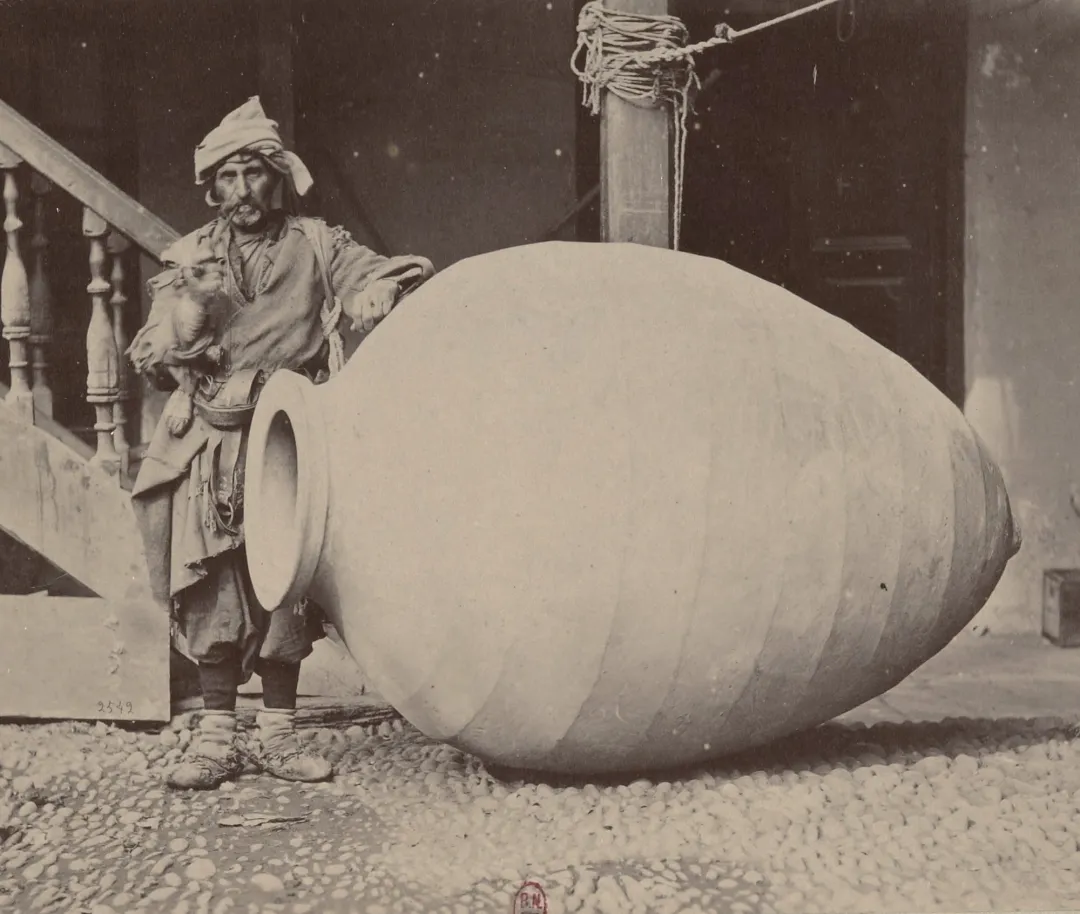Wine has been humanity’s cherished companion for millennia, weaving itself into the fabric of civilization from ancient rituals to modern celebrations. The journey of winemaking spans over 8,000 years, transforming from accidental fermentation discoveries to today’s sophisticated viticulture practices. This remarkable evolution reflects not just technological advancement but also cultural exchange, religious significance, and economic development across continents.
Archaeological evidence reveals that the earliest wine production took place in Georgia around 6000 BCE, with pottery fragments containing traces of tartaric acid and organic compounds characteristic of grape fermentation. From these humble beginnings in ceramic jars to today’s temperature-controlled stainless steel tanks, winemaking has continuously adapted while preserving its essential artistry. Understanding this rich history illuminates how ancient techniques laid the foundation for modern wine production methods that continue to evolve today.
Ancient Origins: The Birth of Viticulture
The story of winemaking begins in the Neolithic period, with the oldest evidence dating back to 6000 BCE in the Republic of Georgia. Archaeologists discovered pottery shards containing residues of tartaric acid, malic, succinic, and citric acids – all telltale signs of grape fermentation and wine production. This discovery represents the earliest known domestication of wild Eurasian grapevines specifically for wine production.
Vitis vinifera was being cultivated in the Middle East by 4000 BCE, with Egyptian records from 2500 BCE documenting grape cultivation for winemaking. The significance of wine extended beyond mere consumption – it served as medicine, social lubricant, and highly valued commodity throughout the ancient Near East. Biblical references further emphasize wine’s early cultural importance in Middle Eastern societies.
Classical Civilizations: Greek and Roman Innovations
The Greeks revolutionized winemaking by introducing wooden barrel aging, which added complexity and character to wines. They established the practice of blending different grape varieties to achieve desired flavor profiles, laying the groundwork for modern winemaking techniques. Greek merchants carried on an active wine trade, planting vineyards in colonies spanning from the Black Sea to Spain.
Romans expanded viticulture throughout their empire, carrying grape growing into the valleys of the Rhine, Moselle, Danube, Rhône, and Loire regions that became Europe’s great wine areas. They developed innovative tools like the wine press for efficient juice extraction and recognized wine’s economic potential alongside its cultural significance. Roman influence established wine regions in Germany, Alsace, Romania, Hungary, Austria, and France’s premier wine territories.
Medieval Preservation: Monastic Contributions

Following the Roman Empire’s fall, the Catholic Church became the guardian. Monastic orders preserved and developed many highly regarded European wine-producing areas, maintaining winemaking traditions through religious practices. Wine’s role in the Christian mass ensured the industry’s survival during turbulent medieval periods, with monasteries becoming centers of viticultural knowledge and innovation.
Scientific Revolution: Modern Understanding
The 19th century marked a pivotal transformation in winemaking understanding. French chemist Louis Pasteur explained fermentation’s nature and identified the responsible yeasts. He also discovered bacteria that spoil wine and developed pasteurization to eliminate harmful microorganisms. These scientific breakthroughs enabled winemakers to move from hoping for favorable outcomes to understanding and controlling fermentation processes.
Methods for cultivating pure yeast strains in culture were developed, while advances in plant physiology reduced mildew damage to grapes. This scientific foundation transformed winemaking from art to science-based craft.
Contemporary Innovations: Technology Meets Tradition
Modern winemaking employs mechanized harvesters, temperature-controlled stainless steel fermentation tanks, and automated bottling systems. These innovations ensure quality control while preserving fruit flavors and maintaining consistency. Contemporary techniques include cold soaking, extended maceration, and precise analytical monitoring of sugar levels, acidity, and pH.
Today’s winemakers balance traditional methods with cutting-edge technology, using alternative aging vessels like concrete eggs alongside classic oak barrels. Advanced analytical tools enable precise adjustments throughout production, ensuring consistent quality while respecting the wine’s artisanal heritage.


